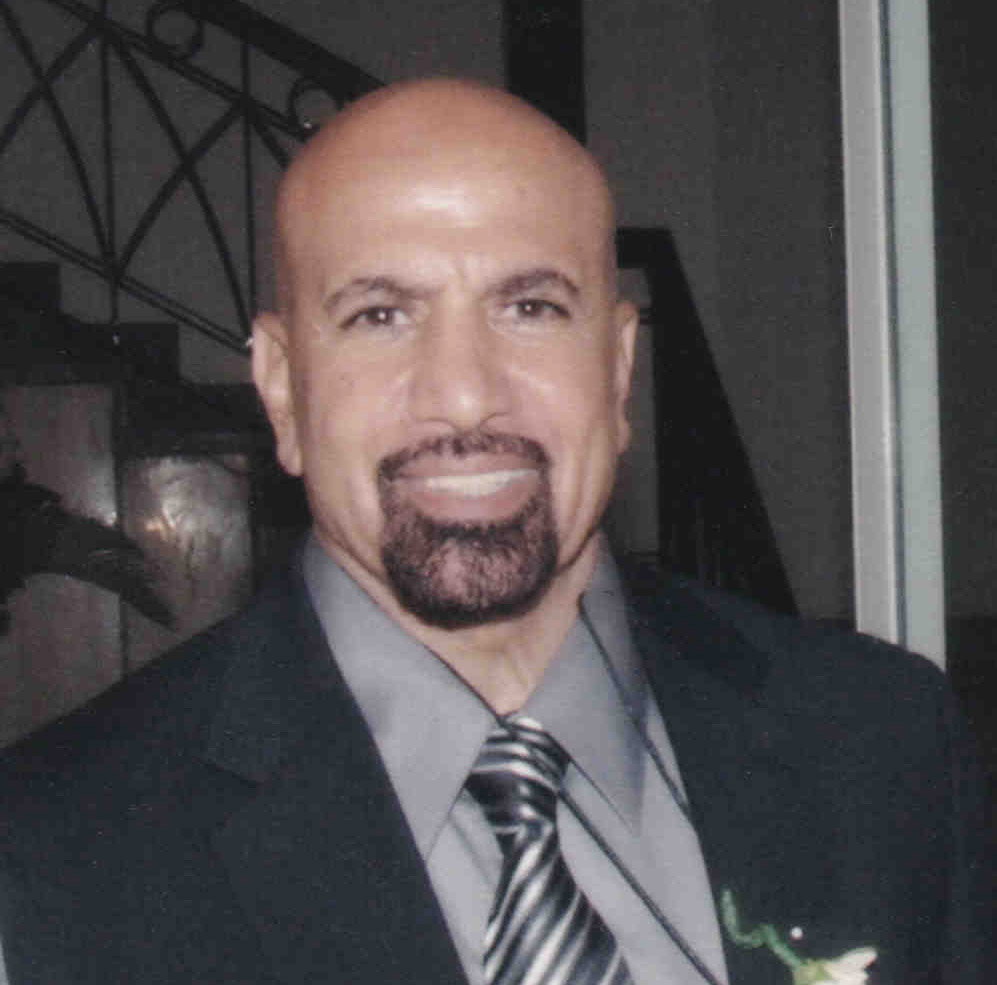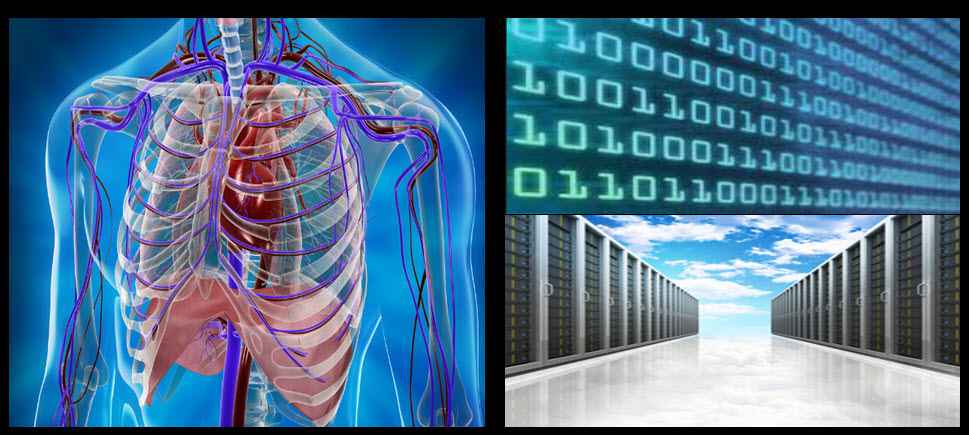
|
Sam Eldin - IT Profile |
|---|
| Home | CV - Resume | Tools 4 Sharing | Architects 2 Show | Big Data Presentation | Android Training | Java-Unix Code Templates | Interviews QA & Code |
|---|---|---|---|---|---|---|---|
|
|
|
Data Cardiovascular System (Linkedin Post) 
|
|---|
|
Data Access Object (DAO) is used to abstract and encapsulate all access to the data source. The DAO manages the connection with the data source to obtain and store data. DAO and Database are nothing but dummy storage components that developers are stuck with and end up doing-redoing all the work. The standard API for DAO is to keep the fields private and use "get()" and "set()" methods to access the data. We are addressing DAO issues such as Standardizing, Intelligent, Personal, Business, Transaction and Refactoring. Our view of DAO is that of human cardiovascular system, where the blood circulate and transport nutrients, oxygen to nourish the body. There are different types of blood cells. Red blood cells which deliver oxygen (O2). White blood cells which are essential for good health and protection against illness and disease. The same principles can be applied to DAO where DAO can be categorized to perform a set of specific functionalities. For example, the main purpose of cookies is to identify users and possibly prepare customized Web pages plus Cookies can also be used for security. We are proposing the following DAO types: • Personal • Business • Transactional (including security) • Misc Each categories may have subcategories based on the business processes. There is distinguish character of DAO is that it is passed to Java Objects or methods. It helps with the personal, business and transaction operations and it may change values as it goes from one Java object to another or methods. It is dynamic, it starts from Database Services, travels through the system, takes on different values and then finally it is saved back to the Database Services. The same way blood cells start at the heart and end up back to the heart after their full circular system travel. |
|---|